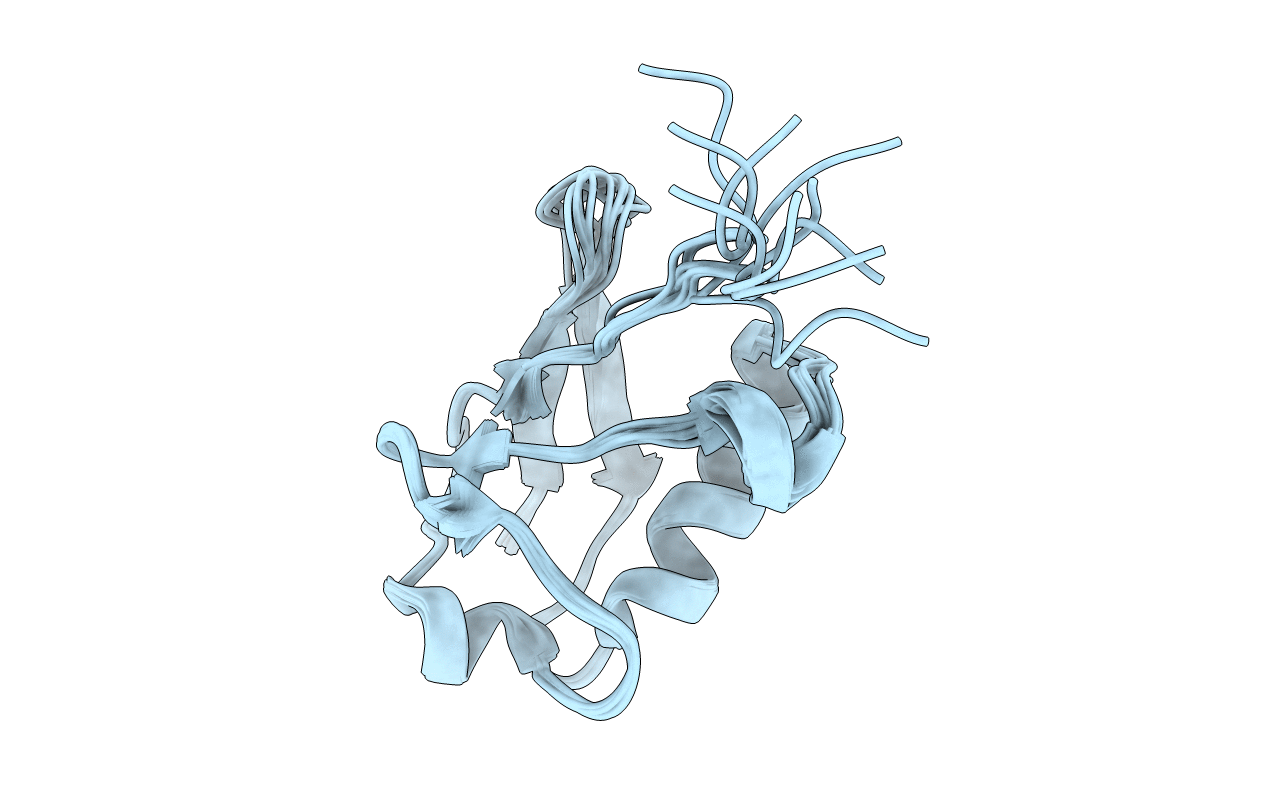
Deposition Date
2012-11-08
Release Date
2013-06-26
Last Version Date
2024-05-15
Entry Detail
PDB ID:
2M0X
Keywords:
Title:
Solution structure of U14Ub1, an engineered ubiquitin variant with increased affinity for USP14
Biological Source:
Source Organism:
Homo sapiens (Taxon ID: 9606)
Host Organism:
Method Details:
Experimental Method:
Conformers Calculated:
50
Conformers Submitted:
10
Selection Criteria:
structures with the lowest energy


